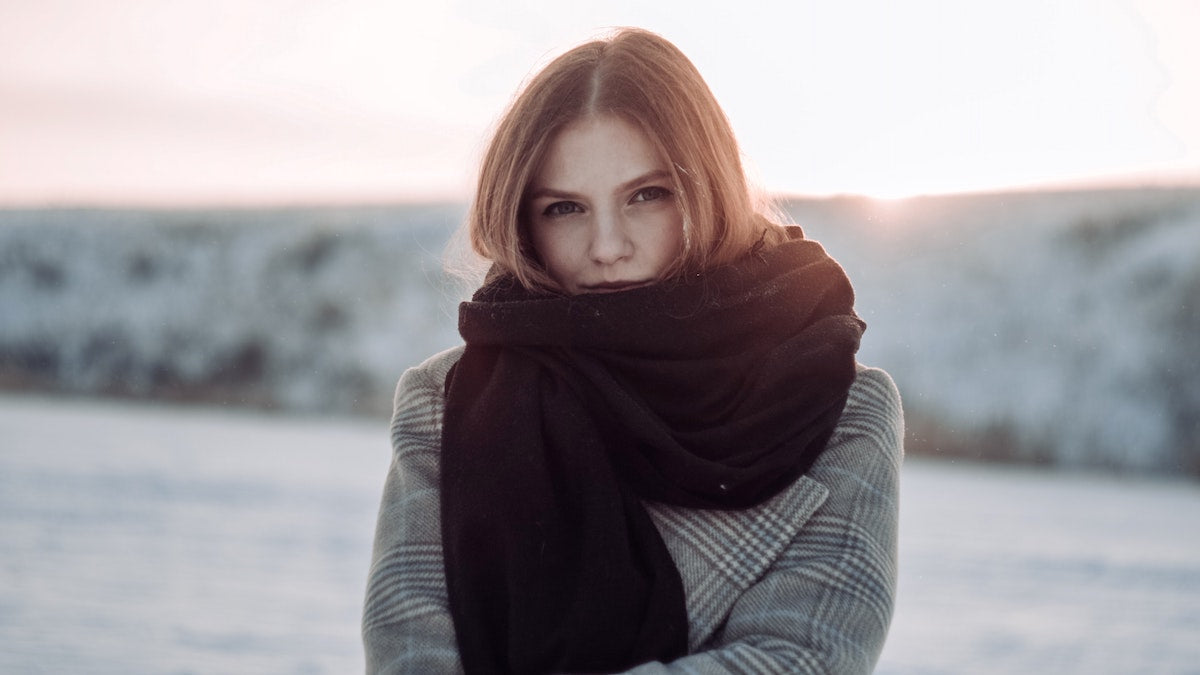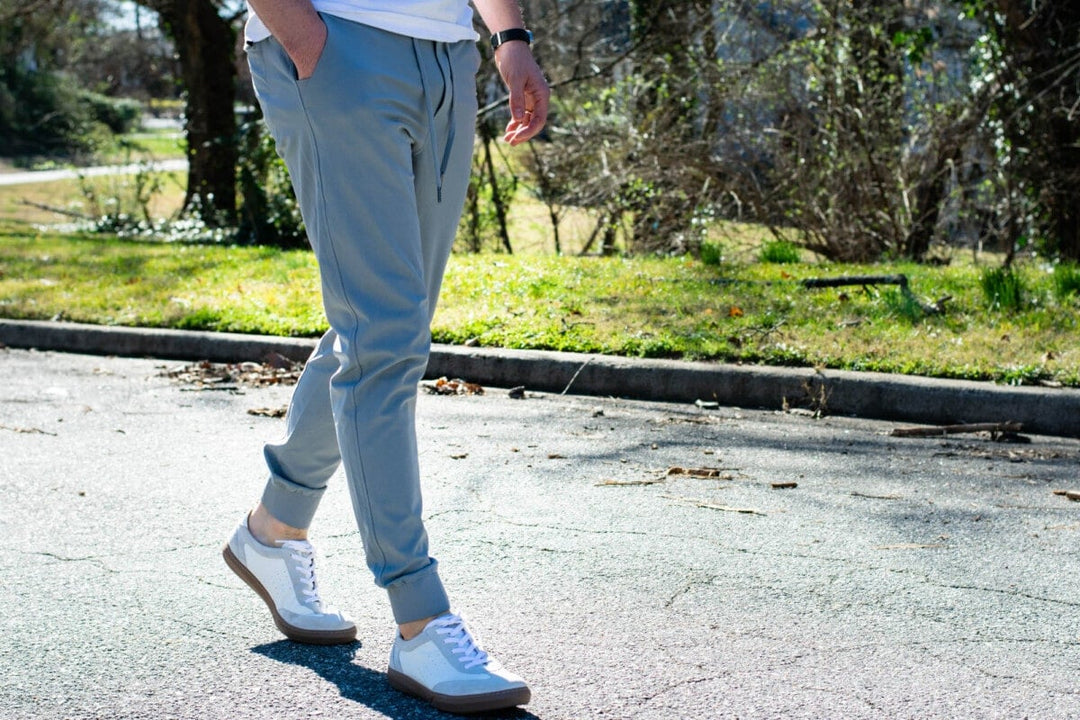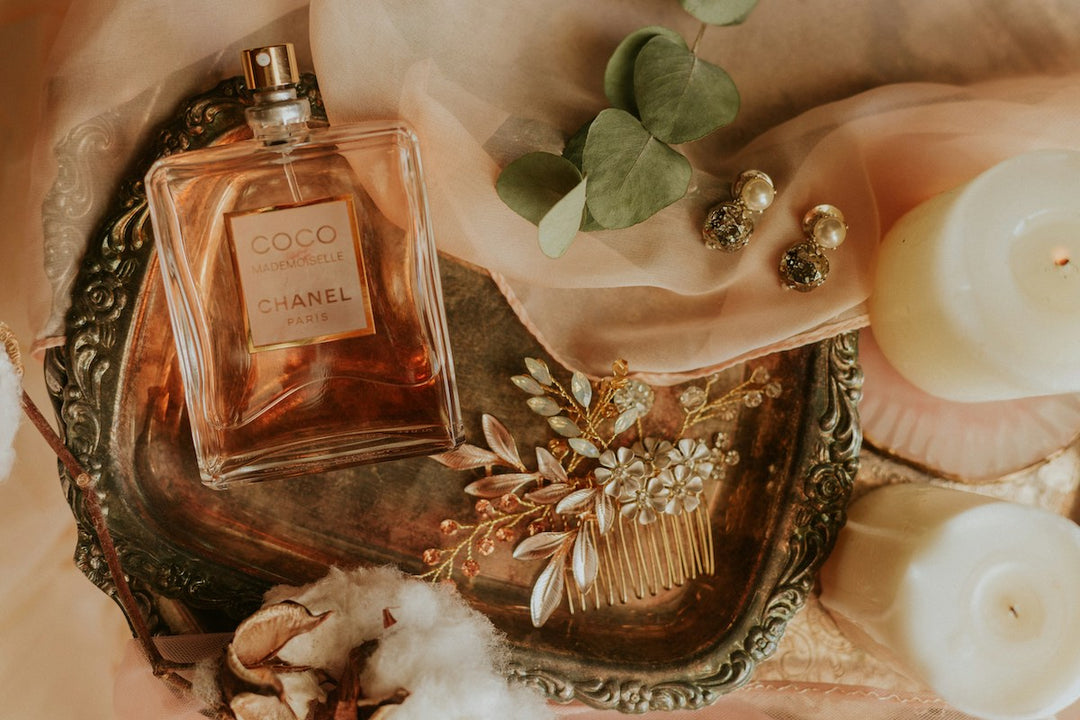Ever wondered how to dress in cold weather without looking like a bundled-up snowman? It's a common dilemma when the temperature drops and the frost starts to bite. You're in the right place to get the low-down on layering, fabrics, and essential winter accessories.
We'll be exploring the art of staying stylish and warm at the same time. It's not just about piling on more and more layers - it's about choosing the right ones. So, let's strip back the mystery of winter dressing and help you master the chill in style.
Remember, dressing for cold weather doesn't mean sacrificing your fashion sense. With a few clever tips and tricks, you'll be turning heads on the frostiest of days. So, let's get started on your journey to becoming a cold-weather style guru.
Layering: The Key to Staying Warm and Stylish
Layering is your top strategy when it comes to achieving warmth while maintaining a sophisticated outlook during winter. Not only does layering help to conserve heat, but it also allows you flexibility in your outfit choices.
When layering, start with a solid base. Your first layer should be a piece of clothing that is close-fitting, made from a fabric that's excellent at moisture management. Materials like synthetic wicking fabric, silk, or merino wool are ideal, as they help move sweat away from your skin, keeping you dry and warm.
Layering doesn't mean bulking up. You don't have to look like a stuffed turkey to stay warm. Your mid-layer should provide insulation and can be a lightweight down gilet or a fleece top. Depending on how cold it is where you are, you may want to add another thin layer for extra warmth.
Your outer layer should protect you against the elements. It should be windproof, waterproof, yet breathable. This layer should also reflect your personal style.
Consider these tips when layering:
-
Ventilation is key: Ensure your layers have zippers, vents, or buttons that can be manipulated to control airflow.
-
Play with colours and textures: Layering gives you the chance to mix and match different pieces for a robust, unique look.
-
Don’t forget your extremities: Remember to layer your hats, gloves, socks, and scarves too.
A properly layered outfit will keep you warm without adding excessive bulk, it'll allow for movement and ventilation, and it'll give you the flexibility to adapt to changing weather conditions.
Practise makes perfect, and over time, you'll feel more comfortable and become more adept at layering your clothes. You'll also gain a better understanding of your personal style and what makes you feel both comfortable and stylish. This knowledge will no doubt influence your future clothing purchases and how you put outfits together in the future.
Remember, there is no right or wrong way to layer. Take heed of these tips, but let your style guide you. After all, style is a personal thing.
Choosing the Right Fabrics for Cold Weather
Layering is a savvy style strategy for cold weather, but not all fabrics are created equal. The material you choose can significantly impact your comfort and warmth. Knowledge about fabrics and their qualities can help you make the best clothing choices
Wool is a heavyweight in the cold-weather materials arena. As a natural material, it's breathable, warm and even retains heat when wet. Choose wool for your outer layers, such as coats, sweaters and hats.
Cotton, on the other hand, might seem cozy and warm but trap you in a chilly predicament. It absorbs moisture, including sweat, and takes a long time to dry out. This means you could end up feeling clammy and cold. So avoid cotton layers close to your skin.
For your base layers, synthetics such as polyester or nylon are a good option. They're often used in sportswear because of their breathability and moisture-wicking properties. This means synthetics can keep you dry and comfortable by moving sweat away from your skin.
Materials with insulating properties, such as fleece and down, are excellent for intermediate layers. They provide an additional barrier for holding heat close to your body, while allowing any moisture from your base layer to escape.
Silk can be a good choice for fashionistas looking for a touch of luxury without sacrificing warmth. Silk base layers can provide surprising warmth thanks to silk's natural thermal insulation.
|
Fabric |
Benefits |
Recommended For |
|---|---|---|
|
Wool |
Breathable, retains heat even when wet. |
Outer layers like coats, sweaters, and hats. |
|
Cotton |
Comfortable but absorbs moisture. |
Less preferred for cold weather. |
|
Synthetics (Polyester/Nylon) |
Moisture-wicking, breathable. |
Base layers. |
|
Fleece/Down |
Insulating, breathable. |
Intermediate layers. |
|
Silk |
luxurious, natural thermal insulation. |
Base layers for a touch of luxury. |
As we've seen, choosing the fabric is not just for style. Dressing properly involves being thoughtful about the material in your layers. With this guide, you're well-equipped to plan your cold-weather wardrobe. Now it's time for tips on how to pair these layers for a stylish and warm look.
Essential Winter Accessories: Hats, Gloves, and Scarves
Another vital aspect to consider when you're dressing for cold weather are your accessories. They might seem optional but in reality, they provide the much-needed protection for the often exposed and vulnerable parts of your body. Let's not forget the style value they add to your winter dressing.
Hats are a must-have for winter, as a substantial percentage of your body heat escapes through your head. Go for something insulated like a beanie made of wool or fleece. These materials not only trap heat effectively, they are also soft and comfortable. If you're aiming for an aesthetically appealing outdoor look, trapper hats or stylish berets can also be an option.
Gloves are another winter essential. Knitted wool gloves are popular and they do an adequate job in many climates. However, if you're faced with harsher conditions where rain, snow, or extreme cold is a factor, consider investing in waterproof, insulated gloves. They keep your hands warm whilst ensuring they remain dry.
Among other cold weather wearables, scarves should not be overlooked. Besides protecting your neck from chilly drafts, they also act as a practical, stylish accessory. Wool, cashmere, or synthetic blends are ideal choices of material that keep you warm without sacrificing comfort.
Choosing the right winter accessories like hats, gloves, and scarves isn't just about selecting the right fabric, it is also about personal style. The choices you make, from material to colour, can reflect your unique sense of style. Practice and experiment with these accessories to find the combination that best suits you.
Remember, these accessories can either make your cold weather dressing a cosy, stylish success or a shivering disaster. So, choose wisely and you'll be ready for anything winter throws at you.
Stylish Outerwear: Coats and Jackets for Cold Weather
In cold weather, your outermost layer becomes the celebrity of your style ensemble. The type of coat or jacket you don on can either radiate your sense of fashion or shatter it. Balance your layers with stylish and warm outerwear - the secret lies in cutting the perfect balance between comfort, practicality, and style.
Investing in quality cold-weather clothing is a decision you will not regret. A quality winter coat or jacket that's well-insulated, waterproof, and wind-resistant can transform cold weather from a chilling experience to a comfortable one. Materials such as wool, down, and synthetic insulation are top choices for excellent, heat-trapping outerwear.
You're not restricted to oversized puff jackets or bulky parkas. There are countless stylish options available from trench coats lined with wool or lightweight down-filled jackets to the classic peacoat or a chic faux-fur. Each of these options works in different scenarios, and choosing the right one becomes a task in itself.
Here're some outerwear styles to consider:
Trench Coats
A classic piece for colder months, the trench coat offers a wind-breaking layer that adds an elegant touch to your outfit. Select a wool-lined version for extra warmth.
Down Jackets
Down jackets are lightweight yet extremely warm, making them a popular choice. Opt for one with a water-resistant exterior for wet weather scenarios.
Parkas
An excellent option for frigid temperatures, parkas are typically long, packed with insulation, and equipped with hoods. Look for one with faux-fur lining for added warmth and style.
When selecting a winter coat or jacket, don't shy away from colours or patterns. A bright colour or a bold pattern can inject a bit of fun into your winter wardrobe. More importantly, try various styles and sizes to discover what fits you best and suits your taste.
Your cold-weather style is not an absolute science, it's a form of art - an expression of your personal style. Continue to explore and experiment.
Nailing the Details: Shoes and Socks for Cold Weather
Once you've mastered layering clothes and picked out the perfect outerwear, it's time to consider what you're putting on your feet. That's where shoes and socks come into the picture.
Choosing the right shoes for cold weather is vital. You're looking for something that's comfortable, stylish, and most importantly, insulative. Leather boots are a great option because they're naturally water-resistant and help keep your feet warm and dry. Opt for high-quality boots with a good grip, to prevent slipping on icy surfaces. These boots often come insulated with materials like wool or fur.
Let's talk about socks. Wearing the right socks can make all the difference to your comfort levels. That's why it's important to be discerning in your choice. Wool socks stand unrivalled when it comes to warmth and comfort. They wick away moisture, keeping your feet dry and comfortable even in extreme cold. If you're not keen on wool, synthetic insulated socks are a good alternative.
Buying socks in different thicknesses allows you to adjust your level of warmth based on the weather. You can even layer a thin polyester sock under a wool one for extra warmth.
Whether you're going for a causal look or something more polished in the winter, accessorizing your socks and shoes correctly can add a trendy touch to your winter outfit.
The trick here is to make smart choices, combining pieces that not only look good and reflect your personal style,
but also provide the required warmth and protection.
Remember, when it comes to braving cold weather, it's crucial to pay attention to detail, not forgetting the critical importance of the right shoes and socks. Your feet carry you through the day, and as such, their comfort should be a top priority. Warm feet definitely contribute to the overall warm and snug feeling during the cold months - there's no ignoring this pivotal aspect for winter dressing.
Frequently Asked Questions
Why is layering important in cold weather?
Layering allows for optimal temperature regulation, offering warmth and insulation. It also enables one to remove a layer if too warm, ensuring comfort whilst outdoors or indoors.
What should be considered when choosing outerwear?
Consider the insulation power, water and wind-resistance of the garment. Materials such as wool, down, and synthetic insulation are recommended. The style and size that suits your personal taste should also be considered.
What footwear is best for cold weather?
Leather boots because they are naturally insulated and water-resistant. Good grip is also essential for walking in slippery conditions.
How should socks be chosen for cold weather?
Wool socks are preferred for their warmth and moisture-wicking property. Layering socks of different thickness can provide added warmth.
Summary of How to Dress in Cold Weather
You've now got the knowledge to stay warm and stylish in the chilliest of seasons. Remember, layering is key. It's not just about bundling up, it's about choosing the right materials and styles that express your personal taste.
Quality outerwear is a worthy investment, offering both fashion and function. Your choice of footwear is crucial too. Leather boots with a good grip and wool socks will keep your feet cosy and dry.
Paying attention to details, like the right accessories, can add the perfect finishing touch to your winter ensemble.
So, don't let the cold weather cramp your style. Instead, embrace it. With these tips, you're all set to conquer the cold in style and comfort.






Leave a comment